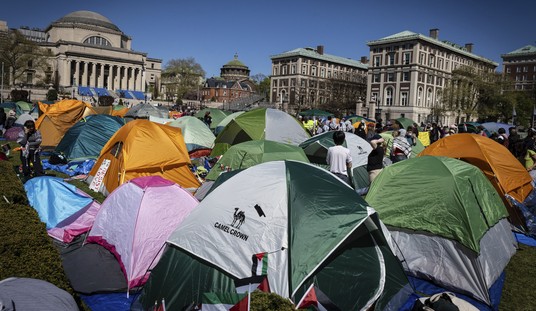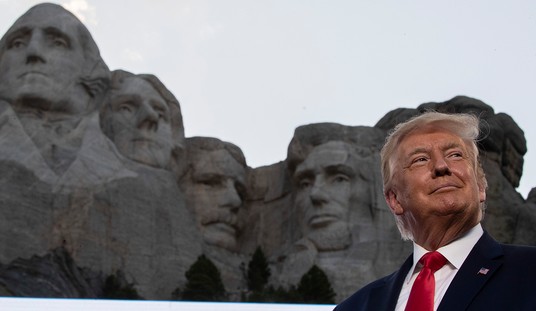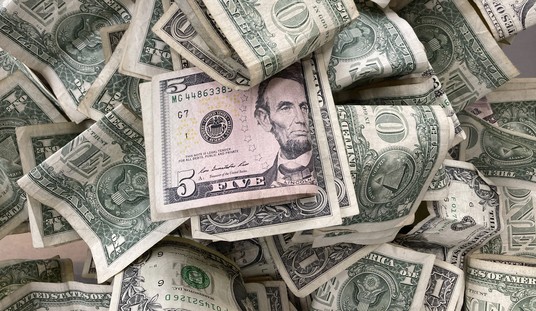The housing market continues its struggle to find a bottom. The Census Bureau and HUD’s numbers for residential construction in July show sharp declines in permits and starts:
Privately-owned housing units authorized by building permits in July were at a seasonally adjusted annual rate of 597,000. This is 3.2 percent (±1.2%) below the revised June rate of 617,000, but is 3.8 percent (±2.2%) above the July 2010 estimate of 575,000. …
Privately-owned housing starts in July were at a seasonally adjusted annual rate of 604,000. This is 1.5 percent (±10.7%)* below the revised June estimate of 613,000, but is 9.8 percent (±10.8%)* above the July 2010 rate of 550,000.
Single-family housing starts in July were at a rate of 425,000; this is 4.9 percent (±8.9%)* below the revised June figure of 447,000. The July rate for units in buildings with five units or more was 170,000.
Interestingly, completions jumped almost 12% in July, with single-family completions rising 6.1%. The push to finish new starts would have helped the construction industry absorb some of its wasted production capacity. The decline in permits and starts doesn’t bode well for the rest of the year, however. The increased completions will also throw even more inventory into a market that is inventory-heavy, which will keep prices moving downward until an equilibrium can be found.
Reuters gave this news the glass-half-full treatment:
Housing starts fell less than expected in July as builders broke ground on new multifamily units likely to meet demand for rental apartments, while permits for future construction dropped.
The Commerce Department said on Tuesday housing starts slipped 1.5 percent to a seasonally adjusted annual rate of 604,000 units, but above economists expectations for a 600,000-unit pace.
The report painted a picture of a housing market that continues to bounce along the bottom, swamped by an oversupply of unsold homes. Compared to July last year, residential construction was up 9.8 percent.
The lack of inventory reduction means that the year-on-year growth numbers will eventually shrink, unless we see a return of qualified buyers into the market. That won’t happen unless joblessness decreases significantly, which looks like a long shot over the next year or more. The drops in these numbers may have been “less than expected,” but they are not small, and these particular declines have significance for future sales and employment.
Update: On the other hand, we have some good news in manufacturing, albeit mainly from one sector:
A busy month for U.S. automakers lifted overall factory output in July by the most since the Japan crisis. A stronger manufacturing sector is the latest evidence that the economy may not be as weak as some had feared.
The Federal Reserve said Tuesday that factory output increased 0.6 percent last month. That’s the biggest increase since the March 11 earthquake in Japan, which disrupted supply chains and limited output by some U.S. auto plants.
The resurgent auto industry accounted for nearly all of the increase in factory production. Motor vehicles and parts jumped 5.2 percent. Excluding that category, factory output grew only 0.2 percent.
I’m assuming these numbers are seasonally adjusted so that it takes into account the normal cyclical ramp-up for the new model year. The upward spike in auto manufacturing is good news for workers and secondary and tertiary industries, but the sales figures in the next couple of months will dictate whether this continues. The relatively flat performance in the rest of the manufacturing sector suggests that this may just be the auto sector catching up after the supply interruptions.








Join the conversation as a VIP Member